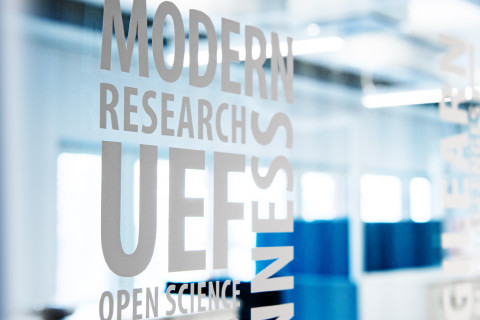The University of Eastern Finland (UEF) passed the audit conducted by the Finnish Education Evaluation Centre (FINEEC).
UEF received special praise from the audit team for UEF has a well-known strategy by staff and for the development of internationalisation. UEF’s commitment to promoting a multidisciplinary approach is strong.
UEF was awarded a quality label valid for six years. Passing the audit shows that the University of Eastern Finland’s activities and quality system meet both the national criteria and the European quality assurance criteria for higher education institutions. The audit focuses on higher education institutions’ procedures for maintaining and enhancing the quality of education, research, and societal engagement.
The audit criteria have been published in FINEEC’s Audit manual for higher education institutions. The audits of higher education institutions’ quality systems were launched Finland in 2005.
Students are diversely engaged in the development
An organisational culture prevails at the University of Eastern Finland (UEF), enabling both students and teachers to make their voice heard.
Students have been actively taken into account in the management and quality systems, and they are offered a wide variety of opportunities to participate in the activities of the university community. UEF’s commitment to the development of teaching and competence is strong. Both students and teachers gave special praise to the use of the flipped learning method.
However, not all students feel that they are included as full members of the university community. International degree students and doctoral researchers would like UEF to further develop their position.
The activities of UEF have regional impact
UEF has put a lot of effort into developing a multidisciplinary approach, and the staff is strongly committed to it. The multidisciplinary approach is also strongly visible in UEF’s strategy. Regional stakeholders also value cooperation with UEF. The university is a meaningful actor in the region.
“UEF has successfully committed itself to the sustainable development goals that are part of the societal impact. The achievements should also be celebrated and made visible,” comments the chair of the audit group, Professor Eva Åkesson from Lund University in Sweden.
However, according to the audit team, the effectiveness of stakeholder cooperation must be improved with more systematic setting of objectives and by collecting feedback data. Societal participation and the creation of preconditions for new national and international partnerships should be strengthened.
Management of UEF is based on diverse knowledge
Quality issues are paid attention to in the activities of UEF, and the university’s quality system produces diverse knowledge that is used effectively in its management. The staff know the university’s strategy well and recognise the connection of their work with the goals of the University’s strategy.
However, the university’s quality work should be strengthened by investing in the operation of the quality group. According to the audit team, the quality group could meet more often and promote the university’s quality work more actively.
Although UEF has invested in various ways in the development of its staff, it should also offer different career progression opportunities, career security and opportunities for Finnish language learning more to international staff. UEF should ensure that all members of the university community, regardless of their language skills, can participate in the university’s decision-making and governance.
The audit report is available on FINEEC’s audit platform.
Further information
Eva Åkesson, Professor, Chair of the audit team, eva.akesson(at)science.lu.se
Mira Huusko, Senior Evaluation Advisor, Project manager of the audit, +358 29 533 5565, mira.huusko(at)karvi.fi

